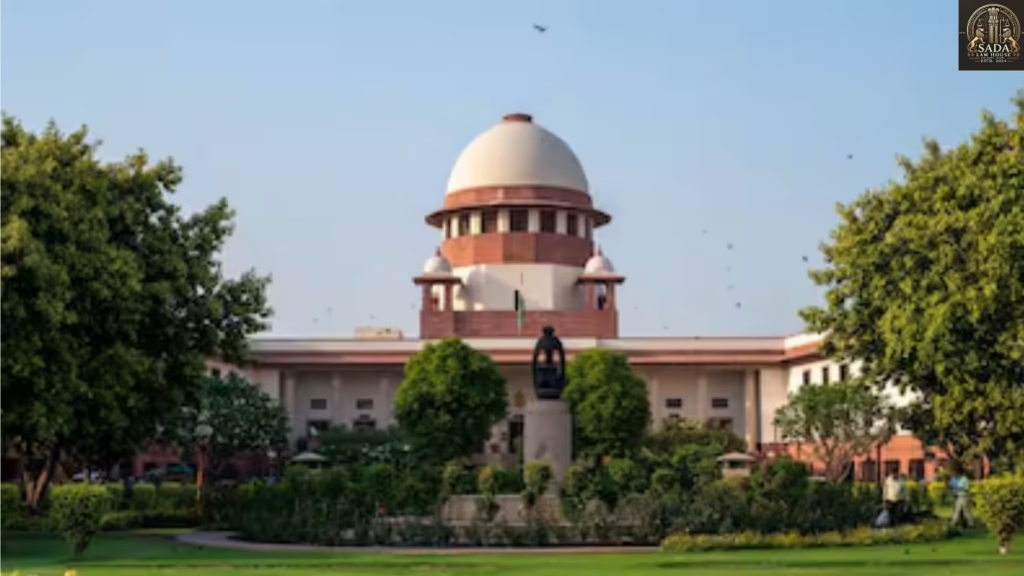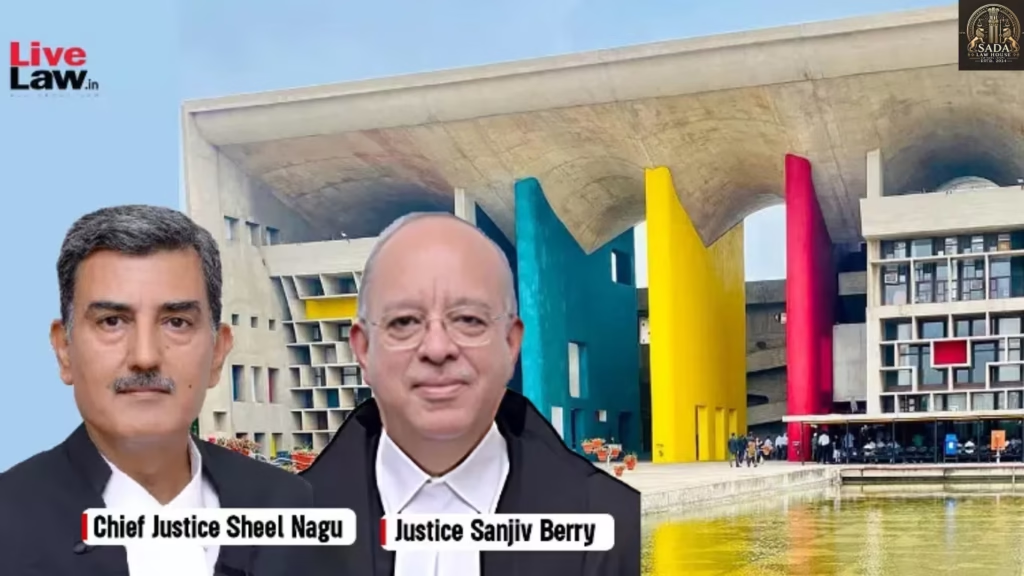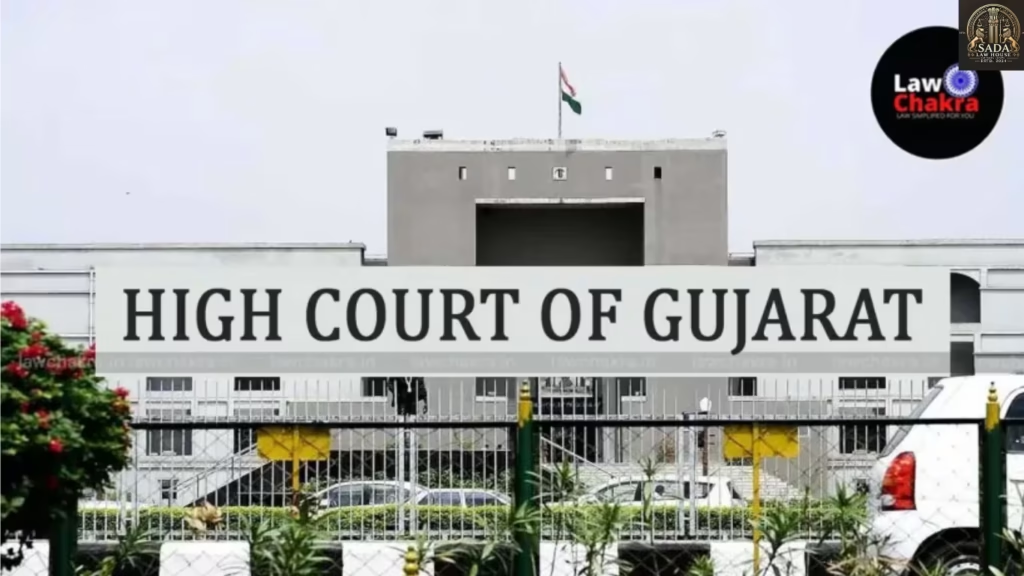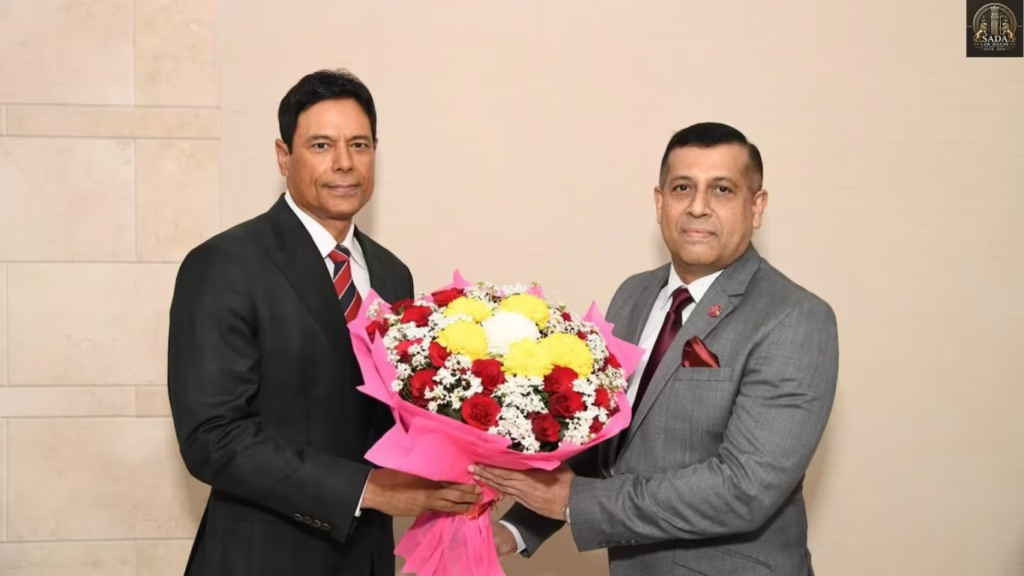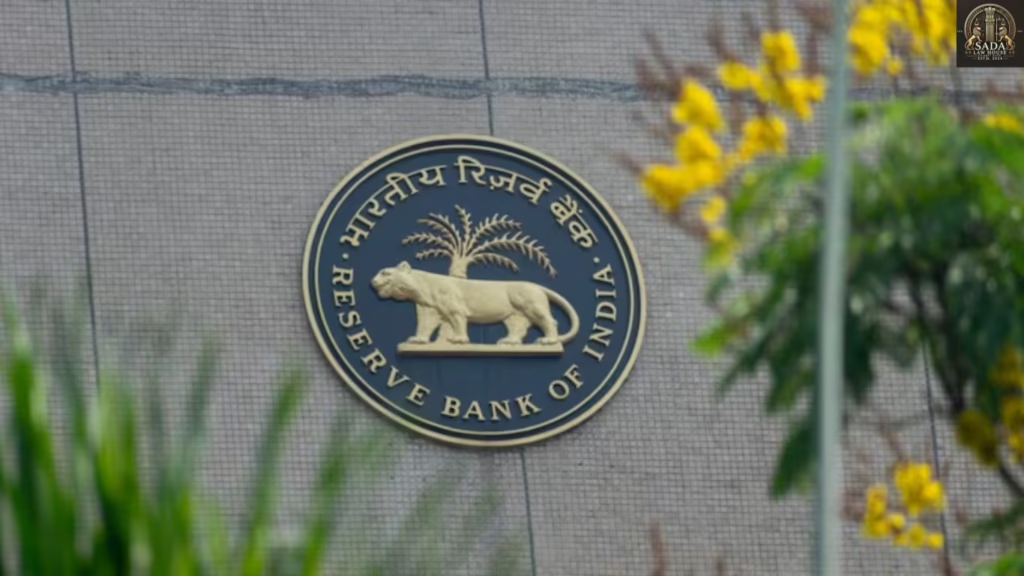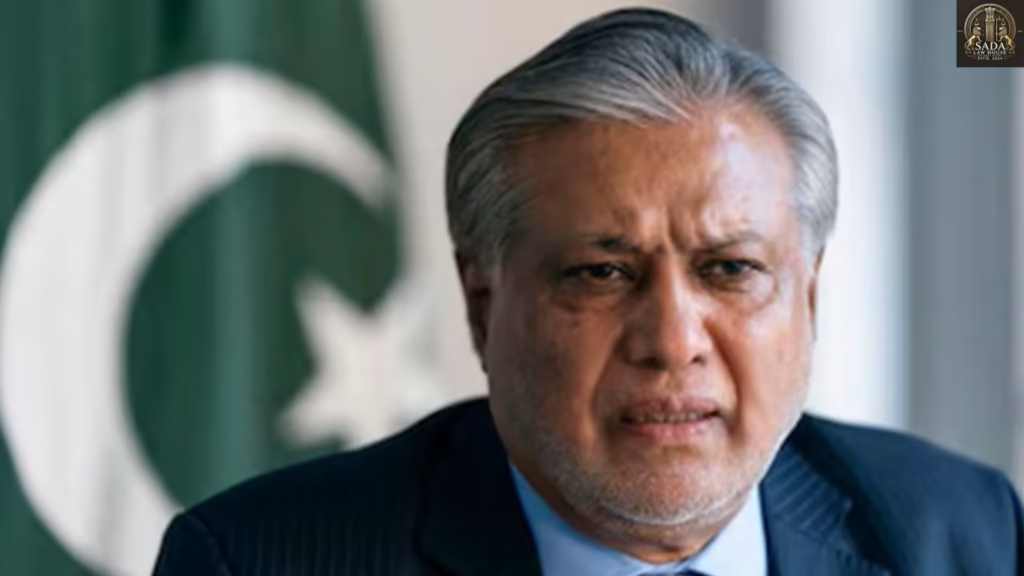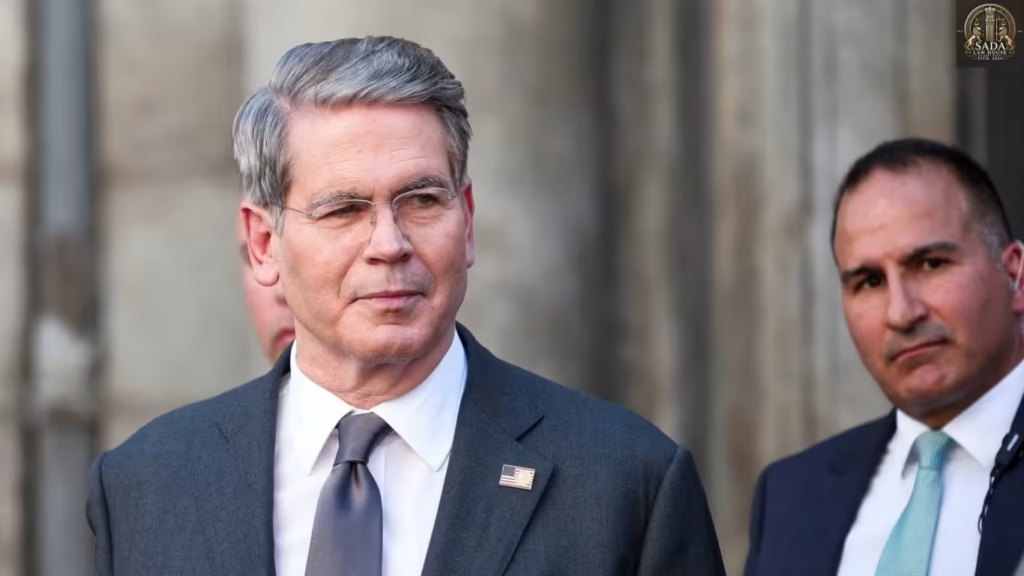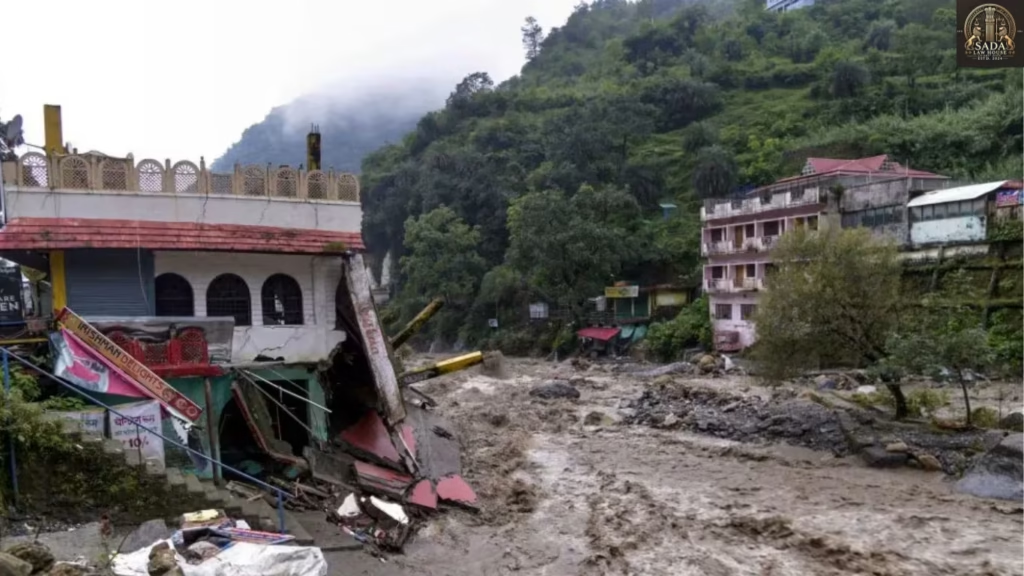‘SEC has failed to take prompt action’: Supreme Court orders Maharashtra to hold local body polls by January 2026
Trending Today ‘SEC has failed to take prompt action’: Supreme Court orders Maharashtra to hold local body polls by January 2026 Punjab & Haryana High Court Pulls Up Ex-Judge Alok Singh for Unjust Remarks Against Judicial Officer Gujarat High Court on Senior Advocates: Minimum 45 Years for Designation, Mandatory Mentorship for Young Lawyers LEGAL JOB OPPORTUNITY AT CHAMBERS OF DHRUV TOLIYA LEGAL INTERNSHIP OPPORTUNITY AT ASPA LEGAL LEGAL INTERNSHIP OPPORTUNITY AT SALVORS & CO. LEGAL INTERNSHIP OPPORTUNITY AT ADV TANUSHKA KOHLI LEGAL JOB OPPORTUNITY AT CULVER MAX ENTERTAINMENT LEGAL INTERNSHIP OPPORTUNITY AT PRS LEGISLATIVE RESEARCH India and Bangladesh Begin High-Level Border Security Talks in New Delhi ‘SEC has failed to take prompt action’: Supreme Court orders Maharashtra to hold local body polls by January 2026 Kashak Agarwala 19 September 2025 Introduction The Supreme Court has issued strong directions to the Maharashtra State Election Commission (SEC), criticizing it for repeated delays in conducting long-pending local body elections. A Bench of Justices Surya Kant and Joymalya Bagchi ordered that elections to Zila Parishads, Panchayat Samitis, and municipalities must be completed by 31 January 2026, granting what it termed a “final concession” to the SEC. Constitutional Mandate The Court reaffirmed that timely elections to local bodies are a constitutional requirement, not an administrative choice. Citing its May 6, 2025 order, the Bench emphasized that grassroots democracy cannot be undermined by logistical excuses or delays. Citizens’ right to representation through elected local governments was highlighted as a core democratic principle. Delimitation and Fresh Deadlines SEC cited ongoing delimitation of constituencies as a reason for delays. Court response: delimitation cannot be a pretext for indefinite postponement. New deadlines: Delimitation completed by 31 October 2025. All elections concluded by 31 January 2026. SEC’s Justifications Rejected Electronic Voting Machines (EVMs): SEC cited shortages. Court directed immediate procurement and compliance affidavit by 30 November 2025. Polling stations in schools: SEC cited clash with board exams. Court dismissed this, noting exams begin in March 2026, after the elections. OBC Reservation Context Maharashtra’s local polls have been stalled for years due to disputes over OBC reservations. The Banthia Commission (2022) provided empirical data on backwardness. SC (May 2025) had already allowed elections with OBC quotas in place, setting a four-month timeline. Fresh order: no further delays will be tolerated. Court’s Strong Remarks The Bench said SEC had “failed to take prompt action” despite repeated directions. Delays amounted to a breach of constitutional duty. Elections are “among the most crucial democratic processes” and cannot be derailed by administrative lapses. One-Time Concession Court stressed that 31 January 2026 is the final deadline. No further extensions will be granted under any circumstances. Any additional requests for logistical support must be filed before 31 October 2025, but no future prayers will be entertained. Broader Significance For Citizens: Restores their right to grassroots representation and accountability in governance. For Governance: Ensures timely implementation of welfare schemes and infrastructure projects through elected local bodies. For Democracy: Sets a precedent that constitutional timelines cannot be compromised by bureaucratic inertia or political considerations. Conclusion The Supreme Court’s directive marks a decisive intervention in Maharashtra’s stalled local elections. By imposing strict deadlines and rejecting administrative excuses, the Court has reinforced the constitutional principle that democracy must function at every level. The SEC now faces a critical test: to complete delimitation, ensure availability of EVMs, and conduct free and fair elections by January 2026 — or risk further judicial intervention. Leave a Reply Cancel Reply Logged in as Sada Law. Edit your profile. Log out? Required fields are marked * Message* Live Cases ‘SEC has failed to take prompt action’: Supreme Court orders Maharashtra to hold local body polls by January 2026 Sada Law • September 19, 2025 • Live cases • No Comments Punjab & Haryana High Court Pulls Up Ex-Judge Alok Singh for Unjust Remarks Against Judicial Officer Sada Law • September 19, 2025 • Live cases • No Comments Gujarat High Court on Senior Advocates: Minimum 45 Years for Designation, Mandatory Mentorship for Young Lawyers Sada Law • September 19, 2025 • Live cases • No Comments 1 2 3 … 5 Next »

